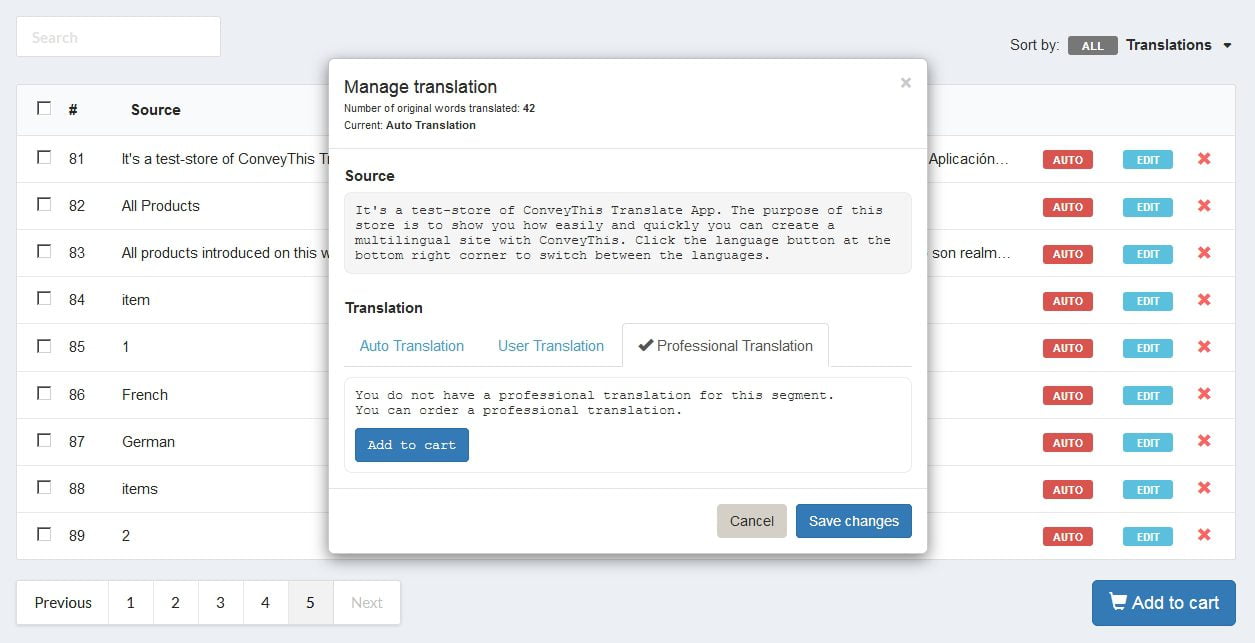
Developing technical reports and whitepapers involves creating written documents that provide detailed information about a specific topic or technology. Technical reports typically include information on research, experimentation, or analysis and are often used to convey the results of a particular project or study.
Whitepapers, on the other hand, are typically used to provide in-depth information on a specific product or technology, and are often used to educate and inform potential customers or stakeholders. Both technical reports and whitepapers may include data, charts, diagrams, and other forms of visual aids to help explain complex information in a clear and concise manner.
Methodology
The methodology refers to the specific methods and techniques used to conduct research or a study. It outlines the steps taken to gather and analyze data, and to reach conclusions or make recommendations. In a technical report or whitepaper, the methodology section typically describes the research design, data sources, data collection and analysis methods, and any statistical techniques used.
This section is important because it allows others to understand and replicate the study, and to evaluate the validity and reliability of the findings. The methodology should be described in enough detail that others can understand how the research was conducted, but not so much that it becomes tedious to read.
Describing the research design and methods used, the methodology section in a technical report or whitepaper may also include information on the sample or population being studied, the data collection instruments used, any ethical considerations, and limitations of the study. It is also important to note any assumptions or hypotheses that were made during the research process.
It’s also worth mentioning that depending on the field of study or industry, different methodologies may be used. For example, in social sciences, a qualitative research methodology may be used which involves collecting data through interviews, observations, and document analysis.
Where as in natural sciences, a quantitative research methodology may be used that involves collecting and analyzing numerical data through experiments, surveys, and statistical analysis.
In general, a well-written methodology section provides a clear and concise overview of the research process and allows others to understand and evaluate the findings of the study.
Ghostwriting services help in technical reports and whitepapers
Ghostwriting services can help in the development of technical reports and whitepapers by providing assistance with the research, writing, and editing of the documents. Ghostwriters are professional writers who are hired to write on behalf of someone else, typically for a fee. They can help with various tasks such as:
- Research: Ghostwriters can assist with the research process by finding and analyzing relevant data and information.
- Writing: Ghostwriters can help write the various sections of the technical report or whitepaper, such as the introduction, methodology, results, discussion, and conclusion.
- Editing: Ghostwriters can help edit and proofread the document to ensure it is well-written, clear, and free of errors.
- Formatting: Ghostwriters can also help format the document according to the specific guidelines or style required.
Ghostwriting services can be a useful resource for those who need assistance with the development of technical reports and whitepapers. Ghostwriters for memoirs can help save time and ensure that the document is written in a professional and clear manner.
However, it’s important to note that the use of ghostwriting services can raise ethical concerns, such as the lack of authorship and accountability for the content. In some fields or industries ghostwriting may also be considered unethical, it’s important to check with the guidelines of the industry or field before making use of such services.
Results
The results section of a technical report or whitepaper presents the findings of the research or study. It is where the data is presented and analyzed to answer the research questions or hypotheses that were proposed in the introduction. The results section should be organized and presented in a clear and logical manner, often using tables, figures, and other forms of visual aids to help present the data.
The results section should include a brief summary of the main findings and the key takeaways from the study. It should also include a discussion of the implications of the findings, and how they relate to previous research in the field. The results should be presented in a neutral and objective manner, without any interpretation or personal bias.
It’s important to note that the results section should not include any discussion or interpretation of the data. This should be left for the next section, the discussion/conclusion section, where the researcher can explain the results and their meaning in relation to the research questions and hypotheses.
Interpretation of results
The interpretation of results is the process of explaining the meaning and significance of the findings presented in the results section. It is the process of analyzing the data and drawing conclusions based on the research questions or hypotheses that were proposed in the introduction.
The interpretation should be based on the data presented in the results section, but should also take into account any limitations or potential sources of error in the study. The researcher should be transparent about any limitations and should provide suggestions for future research.
Comparison to previous research in the field
When comparing the results of a study to previous research in the field, a researcher should consider the following:
- Similarities and differences: The researcher should identify any similarities and differences between the findings of their study and previous research in the field. They should explain how their study contributes to or extends previous research, and identify any gaps in the literature that their study addresses.
- Relevance: The researcher should consider the relevance of previous research to their study. They should explain how the previous research is related to their study, and how it informs their research questions and hypotheses.
- Methodological considerations: The researcher should consider any methodological differences between their study and previous research. They should explain how these differences may have affected the findings and how they have controlled for these differences in their study.
- Timeframe: The researcher should consider the timeframe of previous research. They should explain how their study adds to the current knowledge in the field, and how it contributes to the ongoing development of the field.
- Context: The researcher should consider the context of previous research. They should explain how the context of their study differs from previous research and how this may have affected the findings.
Implications of the findings
The implications of the findings refer to the practical and theoretical significance of the results of a study. In the technical report or whitepaper, the researcher should explain how the findings can be applied in real-world contexts and how they contribute to the advancement of knowledge in the field.
Practical implications refer to the potential applications of the findings in different settings or industries. For example, the findings may have implications for policy-making, product development, or the design of interventions. The researcher should explain how their findings can be used to inform decisions or actions in these areas.
Theoretical implications refer to how the findings contribute to the understanding of the topic or field of study. For example, the findings may challenge existing theories or extend current knowledge. The researcher should explain how the findings contribute to the advancement of knowledge in the field and suggest areas for future research.
Conclusion
The conclusion is the final section of technical reports or whitepaper and summarizes the main findings and key takeaways from the study. It should be a brief and concise summary of the research problem, research questions, methods, results, and implications.
In the conclusion, the researcher should:
- Summarize the main findings of the study
- Restate the research problem and research questions
- Reiterate the key takeaways and implications of the findings
- Discuss any limitations of the study and future research directions
It’s important to note that the conclusion should not include any new information or arguments that were not previously discussed in the report. The conclusion should be a summary of the main points of the report, and it should be consistent with the information presented in the introduction, methodology, results and discussion sections.
In summary, the conclusion is an essential part of technical reports or whitepaper as it provides a summary of the main findings and key takeaways, and helps the reader understand the significance of the research and its implications. It is also an opportunity for the researcher to provide suggestions for future research and to reflect on the research process.








